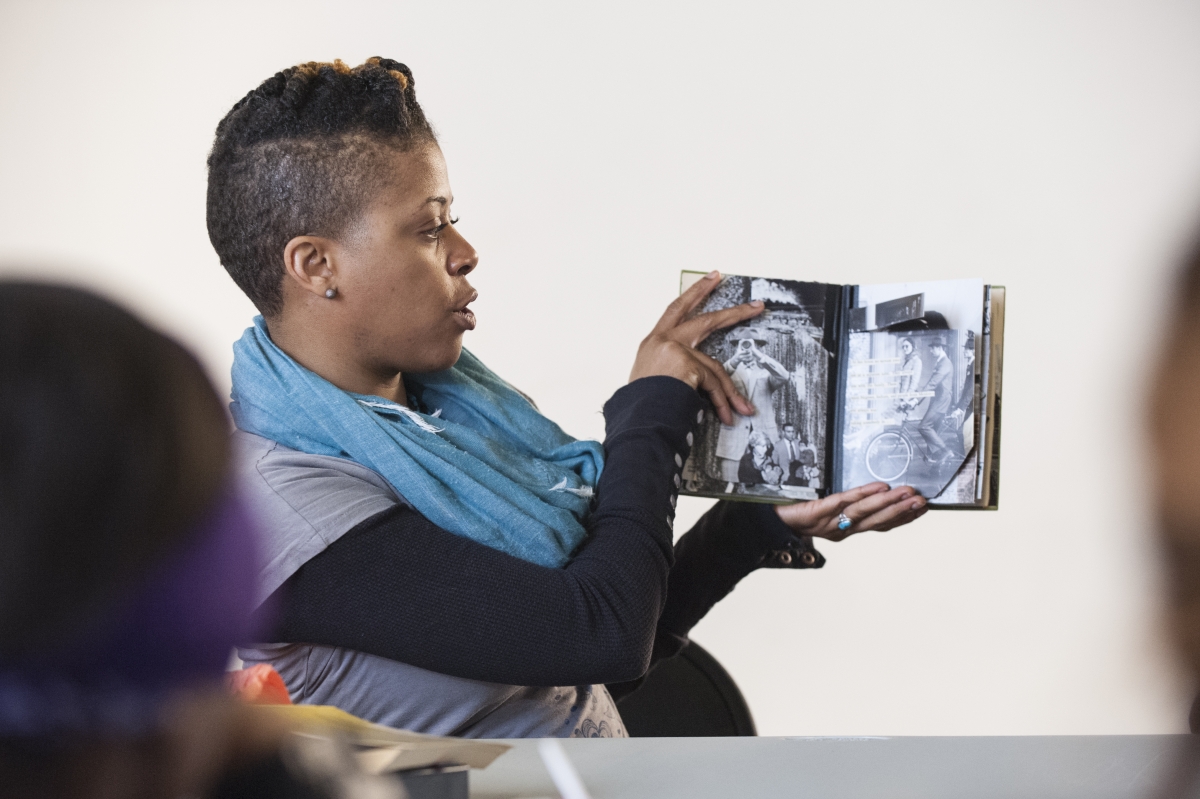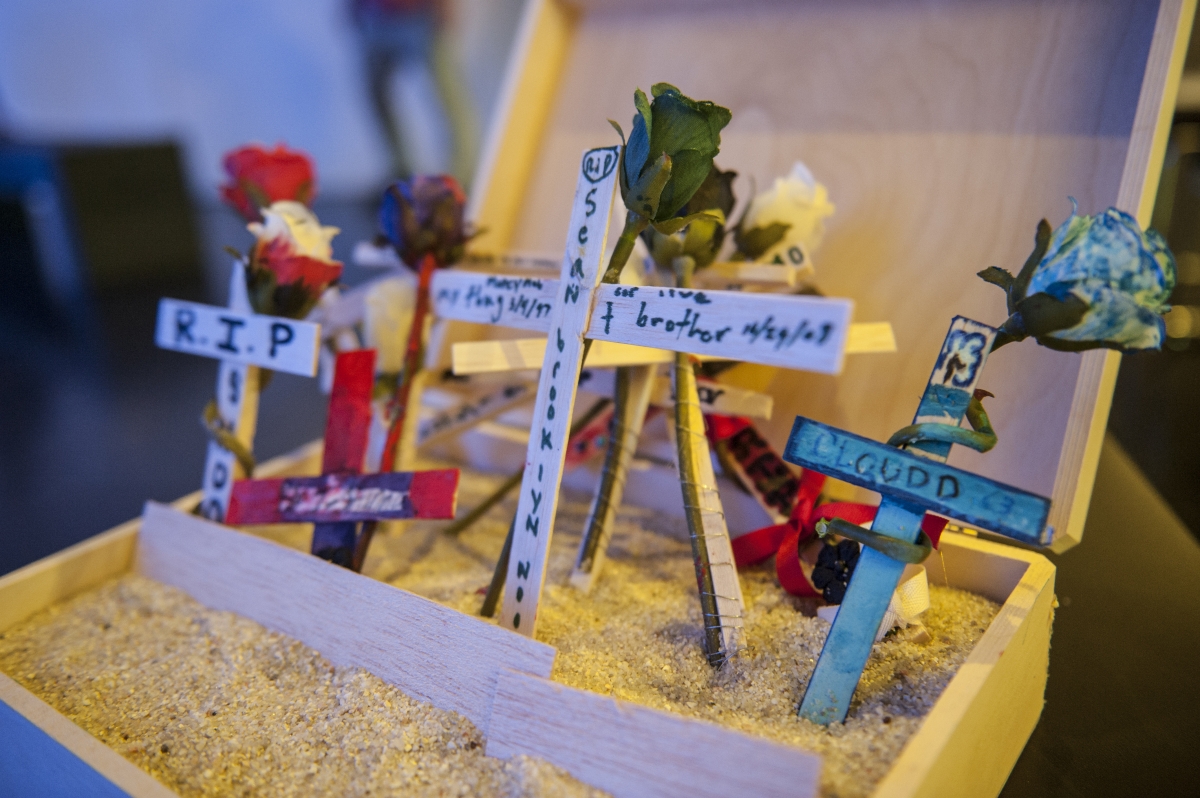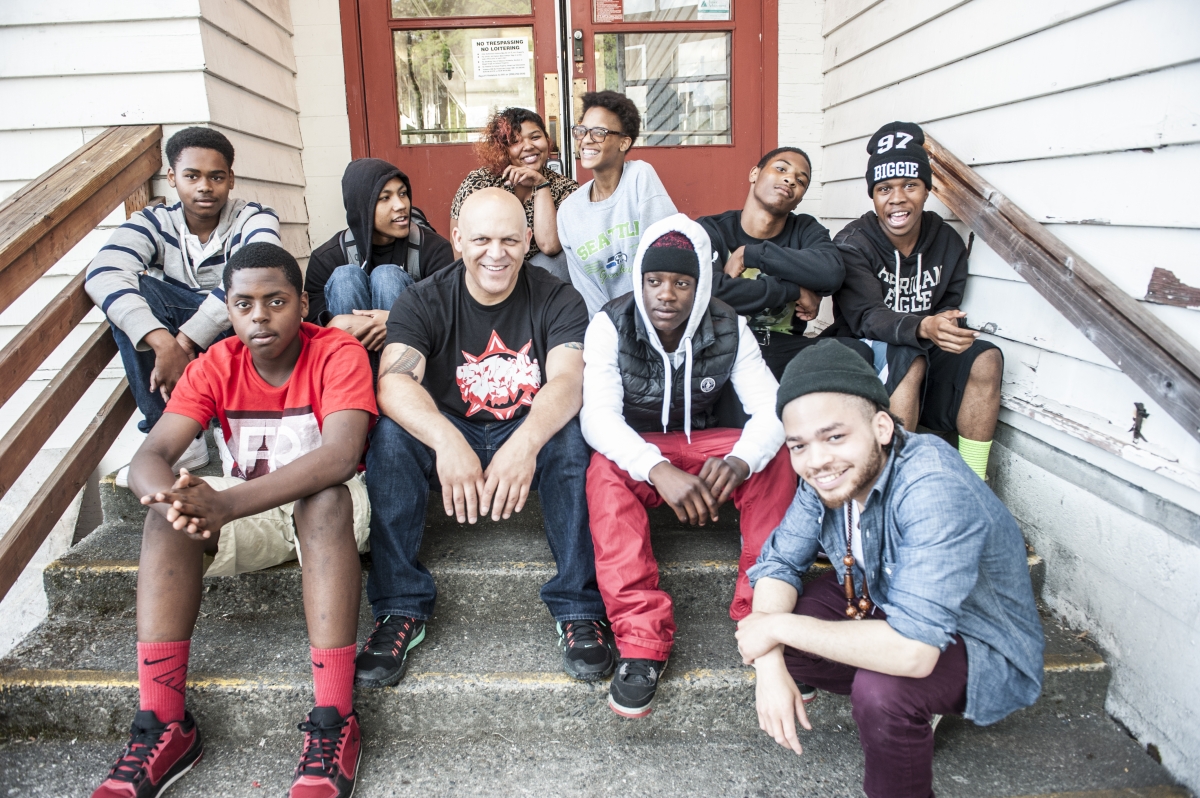
Aaron Counts
Creative Justice
Posted by Aug 16, 2016 0 comments

Aaron Counts
For the 16th anniversary of the Public Art Network Year in Review, we offered the selected applicants and artists the opportunity to tell us the stories behind their works. This week's blog salon features the stories behind some of the most compelling public art projects completed in 2015.
Research has shown us that juvenile incarceration does little to curb crime or make communities any safer. Add to that the racial and socio-economic disproportionality in police contact, arrest, and sentencing rates, and we have to reassess what we mean when we say we're getting tough on crime.
Here in (Martin Luther) King County, Washington, authorities have done much work to reduce reliance on detention in dealing with our young people. But there are stark racial disparities when it comes to who has benefited from the effort. Youth of color still represent almost three quarters of those held in juvenile detention.
Enter Creative Justice, an exciting initiative of 4 Culture, the arts and cultural authority of King County. Creative Justice offers a new vision for how to care for our youth, centered on those who have been most impacted by systemic oppression. Rather than locking up youth, the program offers an arts-based alternative to secure confinement in which court-involved young people remain in the community to engage with experienced mentor artists. The program uses art to amplify youth voices and address the root causes of youth incarceration like racism, classism, and other forms of oppression.
Creative Justice (Twitter: @4CJustice) is a public art program, but it is also a social justice movement. No coincidence that both art and social movements are born of imagination. They are about exploring the possibilities we create as individuals and as members of communities. About seeing where we are and where we want to go. In doing so, they articulate the power and potential of our communities.
Art equips young people with the skills they need to not only avoid re-arrest, but to be leaders in the community. In exchange for their creative work, youth engaged with Creative Justice receive community service credit and stipends that help pay court fines. Their participation is also used as mitigation in their court cases, with benefits ranging as far as full case dismissal. At the end of each session, the youth lead and produce community-based actions and events in which they share their creativity, vision, and new abilities.
In 2015, our pilot year, we put together a dynamic team of mentor artists, all of whom reflected on the work they accomplished with Creative Justice participants.
Daemond Arrindell, poet
Spending a little more than four hours with this group of young people each week doesn’t seem like that much, and very little of it came easy, but then they say nothing worth having ever does. All in all, that’s the deeper message, I think—to keep going, in spite of the work and challenge, so that we can become better people on the other side. That we, and the work, are worth it. Each young person walked into the sessions with a past filled with choices they made for themselves, and some choices that were made for them. The results? They still remain to be seen, but the process of trying to “Turn the Page,” which takes heart, patience, forgiveness, and courage, has begun.
Otieno Terry, singer/songwriter
I found that although their youthful flame burns brightly, joyfully and even carelessly at times, their art reflected their complexities and profound awareness of the world they are a part of. Through their honest expression, I now further understand the power of vulnerability, integrity and persistence. They are living proof that hope is real, that love is real, and that there is a warrior that lives in each of us, ready to fight for what we truly believe in.
Shontina Vernon, musician, playwright
Art is built for this. It can handle difficult things. What a gift to be able to give the youth tools, and then listen as they find their way to their own stories. I try to remind them that “in the telling, you rewrite it.”
Already, I can see just how important the arts will be in the transformation of our culture around incarceration and the juvenile justice system. What they have shared is honest, raw, and only the beginning of true reconciliation.
Nikkita Oliver, poet, emcee, attorney
Every day, many youth who are court-involved are forced to take risks for survival, and sometimes those risks come with unexpected consequences. However, the reality is that youth everywhere take risks—some youth simply have more safety nets to catch them when they fall and more opportunity to make mistakes from which they can learn and grow. Art is a risk. It is an opportunity to make mistakes and figure out which ones are worth keeping. This is what Creative Justice is about and why we must keep striving to build more art-based alternatives to incarceration in King County.
We’re proud of the work we’ve undertaken with Creative Justice. Rather than further stigmatize and isolate young people in crisis, the program asks the community to rally around them, providing creative development through meaningful interactions with supportive mentor artists. But more importantly, Creative Justice has asked our juvenile justice system to behave differently, too: by viewing our youth with a wider lens, trusting the community to address its own needs, and celebrating the strengths and creativity of young people who are trying to navigate a complex world.
Using the power of art to share our struggles and articulate our potential, Creative Justice is building a stronger community here in King County.



